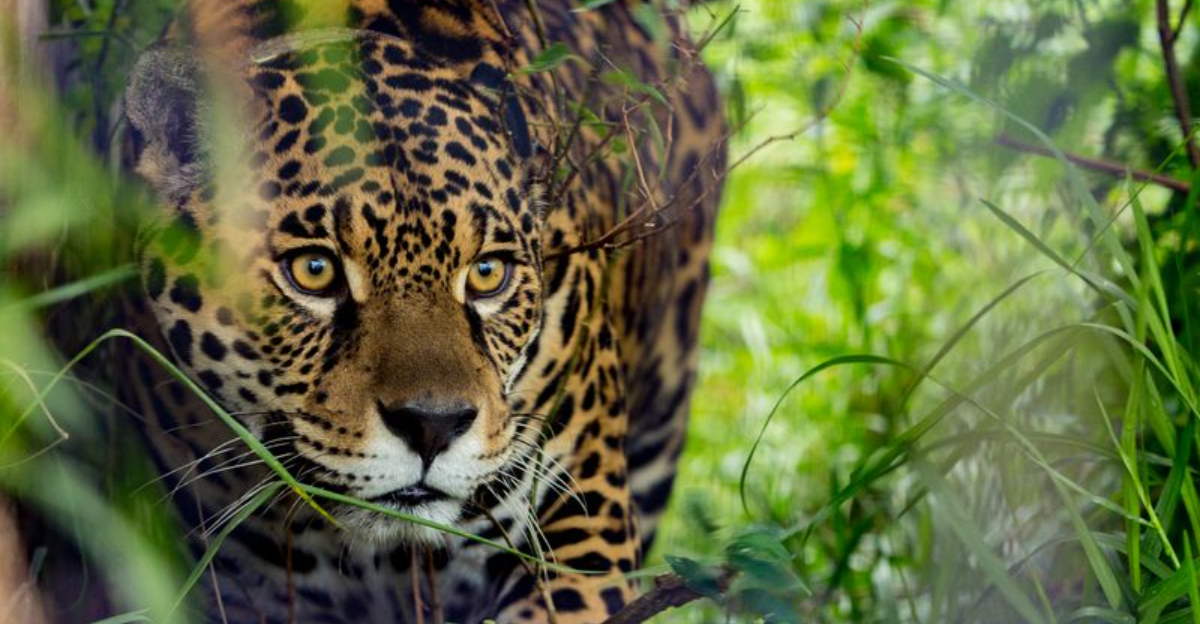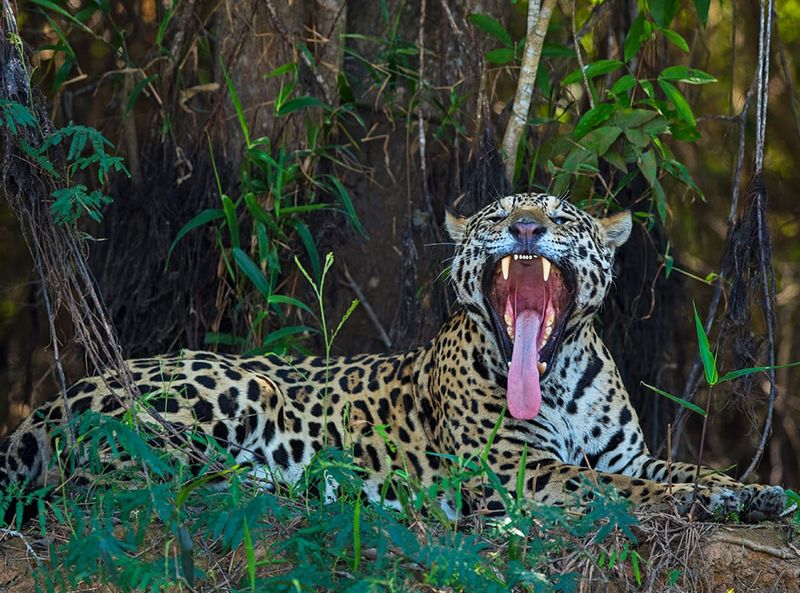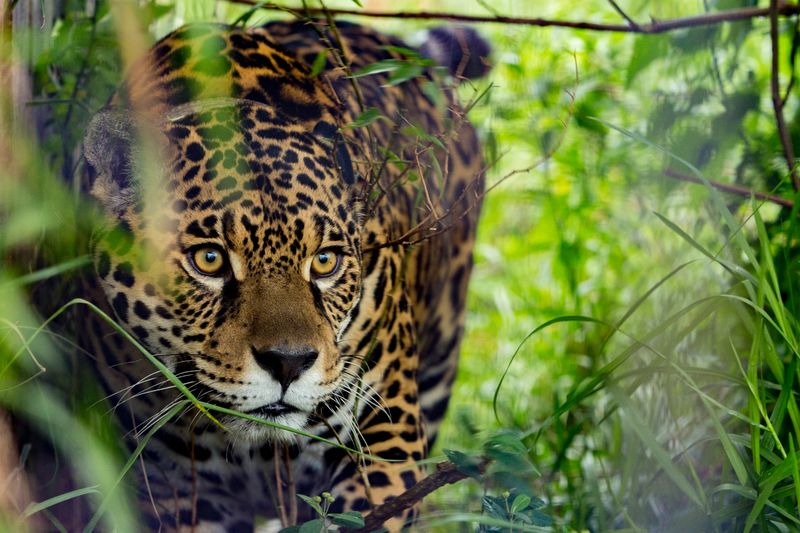📖 Table of Content:
Jaguars are more than majestic predators—they’re key players in maintaining the balance of forest ecosystems. In this post, we explore how reintroducing jaguars into their native habitats could spark a powerful chain reaction that benefits biodiversity, controls prey populations, and supports the regeneration of entire ecosystems. From their role as apex predators to their impact on forest structure and species diversity, discover why conservationists believe bringing back jaguars could be a game-changer for the health of our planet’s wildest places.
1. Regulation of Prey Populations
Imagine a world where jaguars roamed freely, controlling herbivore populations like capybaras and deer. By hunting these animals, jaguars help prevent overgrazing, allowing vegetation to flourish. This natural regulation supports plant diversity and maintains the forest’s health. Without such predators, herbivores might overconsume vegetation, disrupting the ecosystem. Jaguars play a pivotal role in balancing these populations, ensuring that the forest remains vibrant and thriving. Their presence weaves an intricate balance between plant and animal life, safeguarding the delicate harmony of the ecosystem.
2. Enhancement of Biodiversity
The majestic presence of jaguars alters the very essence of the forest. By inducing behavioral changes in prey, jaguars create a ripple effect that enhances biodiversity. As prey animals adapt, they reduce pressure on specific plants, allowing diverse species to regenerate. This leads to a complex forest understory, home to myriad insects, birds, and mammals. Jaguars, therefore, are more than just predators—they are architects of ecological diversity. Their influence fosters a rich tapestry of life, promoting a flourishing habitat for countless species.
3. Improvement of Ecosystem Health
Jaguars are the silent guardians of ecosystem health. By controlling mesopredators like foxes and ocelots, they prevent these species from overexploiting smaller animals. This delicate balance allows smaller mammals, birds, and reptiles to thrive, maintaining the integrity of the food web. Without jaguars, the unchecked growth of mesopredators could lead to a cascade of ecological disruptions. Jaguars ensure that each species plays its part, preserving the harmonious interplay of life. Their presence is essential for a resilient, healthy ecosystem.
4. Support for Conservation Efforts
In the heart of Argentina’s Iberá National Park, jaguars are not just a symbol of wilderness; they are a beacon for conservation. Their reintroduction has sparked a resurgence in biodiversity and ecotourism, benefiting local communities economically. Jaguars draw attention to the importance of preserving natural habitats, serving as the charismatic focal point for environmental efforts. By bringing jaguars back, we create opportunities for education, awareness, and sustainable development. They exemplify how conservation can transform landscapes and lives alike, proving that nature and humanity can thrive together.
5. Recent Developments in Jaguar Reintroduction Efforts
Across Latin America, jaguar reintroduction is gaining momentum. Initiatives like Colombia’s jaguar protection corridors symbolize a commitment to wildlife conservation. These corridors connect fragmented habitats, allowing jaguars to roam safely. Efforts extend beyond borders, uniting countries in a shared mission to protect these magnificent creatures. The global community recognizes jaguars as keystone species whose presence signifies a healthy ecosystem. By supporting these efforts, we champion a future where jaguars once again roam freely, embodying the spirit of wild nature.





